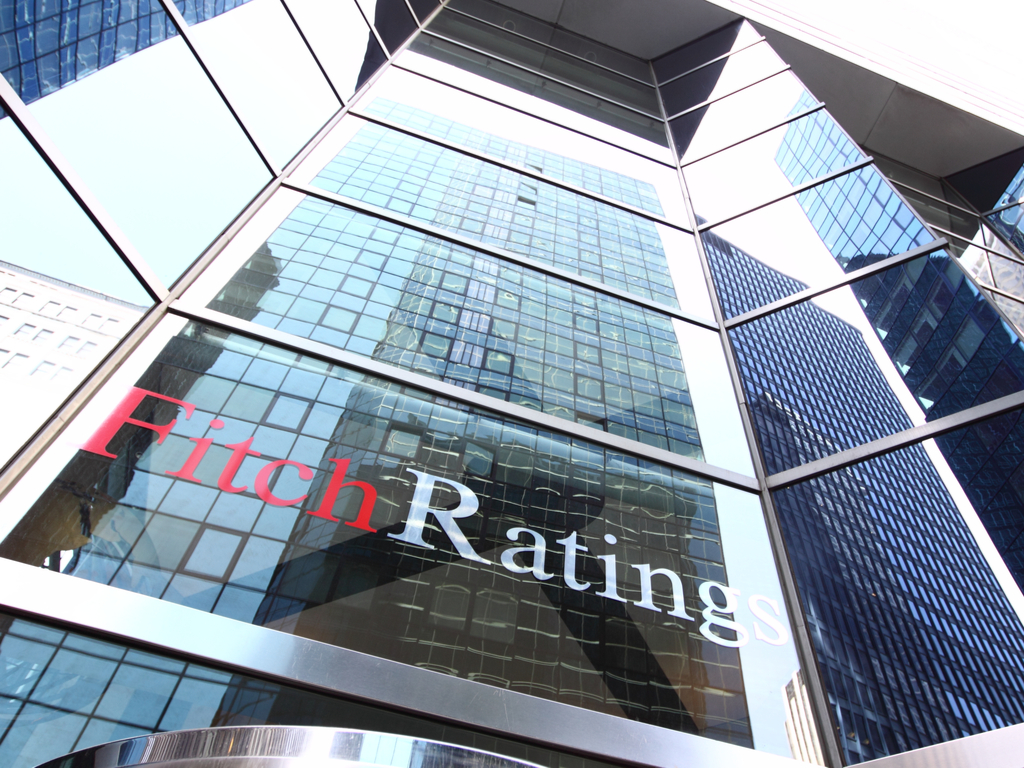Fitch Ratings has upgraded Armenia’s Long-Term Foreign-Currency (LTFC) Issuer Default Rating (IDR) to ‘BB-‘ from ‘B+’. The Outlook is Stable. Fitch said in a report that the upgrade of Armenia’s IDRs reflects the key rating drivers.
Armenia’s institutions have facilitated a peaceful and orderly political transition and could strengthen further through structural reforms. The majority government under Prime Minister Nikol Pashynian has demonstrated its commitment towards a stable macroeconomic policy agenda and to the implementation of structural reforms, including the fight against corruption and monopolies and enhanced institutions and governance. Armenia’s composite World Bank governance indicator improved substantially in 2018 to a 46% ranking, from 42.2% in 2017, reflecting a marked improvement in the ‘Control of Corruption’ (to 42.8% from 32.7%), ‘Political Stability’, ‘Government Effectiveness’, and ‘Voice and Accountability’ sub-indicators.
In spite of external volatility, domestic political shocks, and a period of rapid growth, Armenia has preserved macroeconomic and financial stability with inflation (3.8% in October) remaining below the Central Bank of Armenia (CBA) target of 4%, versus 3.4% for the current ‘BB’ median, due partly to the contractionary impact of public demand in 1H19 and a stable exchange rate. The CBA cut its refinancing rate by a cumulative 50bp in 2019 to 5.5%, after keeping rates stable since February 2017. Fitch expects inflation to pick up to 2.5% in 2020 and 3.3% in 2021, from 1.7% in 2019, supported by a more expansionary monetary policy.
Fitch has greater confidence in the government’s commitment to put debt on a downward trajectory, as reflected by the adoption of a revised fiscal rule in 2018 aimed at bringing central government debt to below 50% of GDP by 2023. We forecast gross general government debt (GGGD) to decrease to 51.2% of GDP in 2019, and 48.4% in 2021, from a peak of 58.9% in 2017, supported by a prudent fiscal policy and low effective interest rates. Debt is exposed to exchange rate risk with 82% of government debt being foreign currency-denominated, versus a ‘BB’ median of 55.6%.




